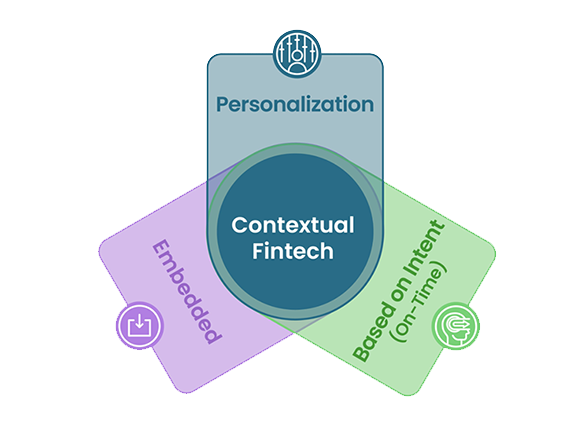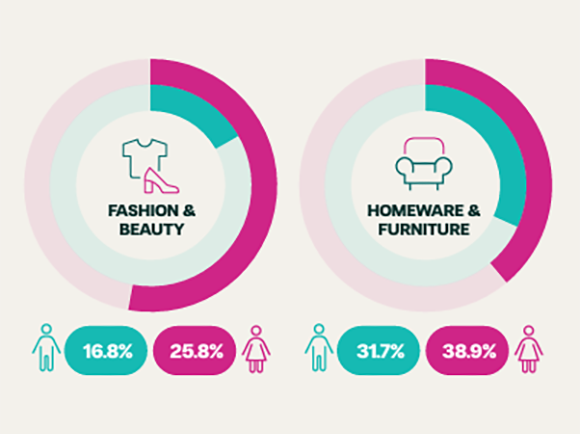Waterfall lending: What is it, and is it right for me?

Waterfall lending or waterfall financing are terms you might encounter when working with multi-lender retail finance platforms. It’s a feature that’s starting to become more common, giving retailers a greater number of opportunities to secure a sale. But is waterfall lending as good as it seems? We look at the pros and cons of waterfall lending.
First things first, it helps to know waterfall lending is an exclusive feature of multi-lender finance platforms. And that leads us to our first question…
What is a multi-lender finance platform?
The difference between a single-lender and a multi-lender platform is that one offers finance underwritten by the same lender every time, while the other searches a pool of lenders to find the best offer for each individual transaction.
Multi-lender platforms are usually backed by a range of Tier One lenders, who underwrite the majority of the loans.
However, Tier One lenders tend to prefer prime borrowers – in other words, borrowers who pass affordability checks, have a high credit score, and a low risk profile. Tier One lenders are less inclined to lend to subprime borrowers, i.e. those with poor affordability and credit scores.
This could be a problem for you as a retailer, because not all of your customers will be prime borrowers. Any subprime customers who apply for finance at the checkout through a Tier One lender are likely to be rejected. If they have applied through a single-lender portal, or multi-lender portal that only deals with Tier One lenders, they may not get another opportunity to apply for finance. That may cause them to abandon their purchase.
Now, this could be a good thing. If a customer does not pass their lender’s stringent affordability assessments, it may be the case that that customer should not be applying for credit in the first place. They may be likely to fall into arrears, end up in debt, default, and end up in financial hardship – all of which could reflect badly on your brand.
On the other hand, if too many of your customers are failing to get approved for credit, you may consider your retail finance platform a waste of money. After all, it’s there to incentivise customers to complete their purchases, shop more often and to spend more. If your customers keep getting rejected, what’s the point in paying for it, right?
This is where you might want to consider a platform that allows for waterfall lending.
What is waterfall lending?
Waterfall lending is when a customer’s application is cascaded down through tiers of lenders until one of those lenders agrees to offer a loan.
The customer may not be aware of this process. From their perspective, it would appear that they applied through the portal as expected, waited for a decision, and were then offered credit. They won’t know which or how many lenders rejected their application along the way.
As for you, the merchant, the end result of this process is that you have managed to secure a sale! But, is it a sale you want? Should you, as a retailer, be willing to offer subprime customers legitimate loan products through your checkout?
Advantages of waterfall lending
It goes without saying the biggest advantage is that the merchant benefits from higher acceptance rates. Customers that would have been turned down if they were dealing with a single-lender portal or a multi-lender portal backed by only Tier One lenders will now be able to apply for finance, meaning the merchant will start to see more sales through their finance platform.
Furthermore, a multi-lender portal that offers waterfall lending feels more intuitive to the customer. Their journey feels smooth, with only one application form to fill in. And, at the end, they are likely to be offered credit, giving them an overall positive impression, which is likely to convince them to shop again.
Finally, since the finance is underwritten by third-party lenders, the merchant takes on none of the risk for the loans. Although having said that…
Disadvantages of waterfall lending
Merchants must beware that lending to customers with poor credit can be a big risk. Should those customers fail to pay back their loans, they could suffer a number of repercussions including late payment fees and points deducted from their credit score.
Don’t be tricked into thinking this is all the lender’s problem: if the customer gets into financial hardship, they may just as easily blame you, the merchant, leading to negative word-of-mouth and perhaps even damage to your brand’s reputation.
Conclusion: should you choose waterfall lending?
Waterfall lending is one model of retail finance that you may come across while looking for a solution that works for your brand. It is common in both Buy Now, Pay Later (BNPL) and Short-term Interest-free Credit (STIFC). It is becoming increasingly popular with multi-lender platforms, which some merchants prefer to single-lender platforms.
However, the question remains: is a waterfall lending platform (especially one that includes subprime lenders) right for your business?
To answer this question, you must first consider your business’s attitude to risk. Are you happy to offer finance to subprime customers? Are you prepared for what people may say and write about your business if those loans fall through? If the answer is yes, then waterfall lending could help your business to maximise its revenue, drive repeat business and reduce basket abandonment – a great pay-off!
On the other hand, perhaps you are strict about your brand identity and averse to risks that may harm your reputation. In this case, you should stay away from waterfall lending. That’s not to say you can’t still choose a multi-lender platform – so long as that platform connects your customers primarily to Tier One lenders.
In either case, it is absolutely essential that you – the merchant – provide clear, concise and consistent communication to your customers about the nature of the finance they are taking out.
Remember, the platform and the lender may be third parties, but it’s your business the customer is choosing to buy from – and therefore your reputation that could be on the line.
You might also
be interested in
Keen to know more?








